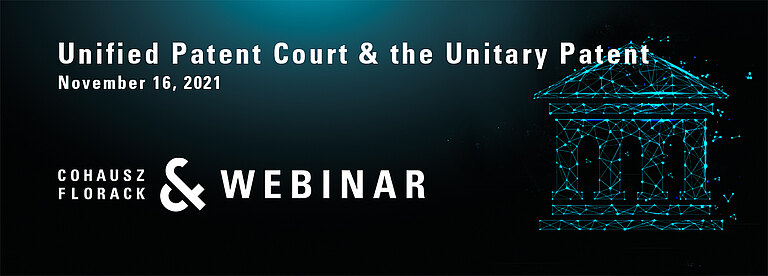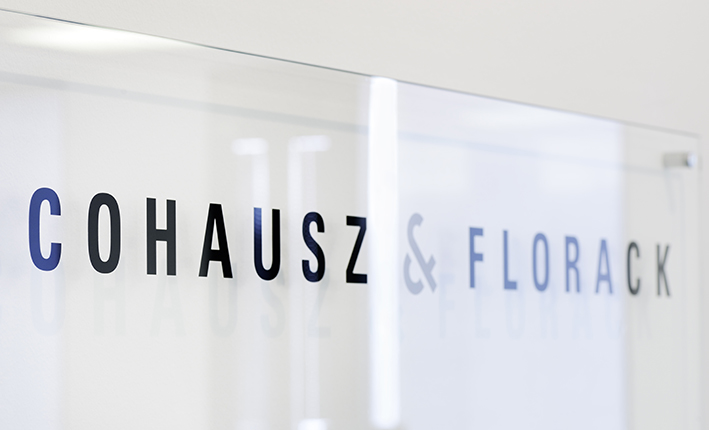For owners of Standard Essential Patents (SEPs) there is one option that should be considered already prior to the start of the UPC.
Designating a Unitary Patent (UP) may become a standard choice for SEP owners. A UP provides protection in 25 EU countries with about 350 million citizens. For SEPs, it is typical to designate many member states in the classic European Patent (EP), as standard-compliant devices are usually sold in all member states. On top of that, an SEP is typically maintained for the maximum term of 20 years. The corresponding savings offered by the UP for such a typical SEP are likely to be a game changer. Annual fee savings alone can amount to approximately EUR 125,000 per patent. In other words, the costs and the coverage of a UP are now comparable, e.g., to those of a US patent.
An issue that requires proper decision making especially for SEP owners already at this point in time is the possibility of simultaneous protection in Germany that will be introduced together with the UP. Simultaneous protection will be made possible by filing a German national patent or entering the German national phase via the PCT-route and simultaneously pursuing a UP. In other words it will be admissible - and intended - to double-patent an invention by means of a national German (DE) Patent in conjunction with a UP. This possibility will be introduced with the start of the UPC. The respective law has already been passed in Germany.
In order to guarantee that patent owners will obtain adequate protection based on their patents in Germany, the legislator has adopted new rules for simultaneous protection. This will secure SEP holders the choice between the German patent infringement courts and the Unitary Patent Court (UPC), the latter of which still has to be built and prove itself. A competition between the two court systems is intended and not limited to the transitional period of the UPC.
Simultaneous protection is particularly relevant for SEP owners and applicants. It is a well-known fact that the German parts of classic EP patents play an important role especially for SEPs, as Germany has been one of the major venues for SEP infringement actions worldwide for over two decades now. Patent enforcement in Germany has been a key factor for successful SEP licensing in the past and it will be important for the future to ensure the availability of patent infringement actions with reasonable prospects of success, the availability of an injunction claim combined with a fast schedule and reasonable costs. These benefits of the German jurisdiction as well as the access to the UPC can be secured in the future by combining a UP and a simultaneous DE patent.
The urgent question on companies’ UP task lists is directly linked to this enablement of simultaneous protection. The option to file or pursue a national DE patent is dependent upon the expiration of priority or PCT national phase entry time limits and these time limits continue to expire each day. While the decision to designate a UP will have to be made as soon as the UPC-system starts, i.e. most probably next year, decisions regarding simultaneous protection via a national DE patent in many cases have to be made already today.
Header: Rawf8 - AdobeStock.com





